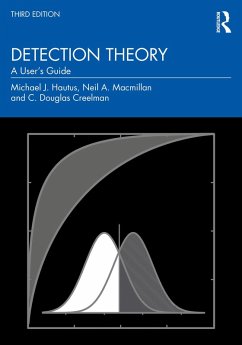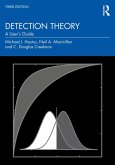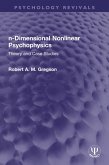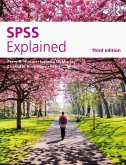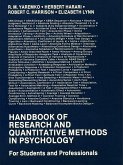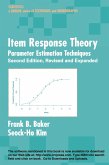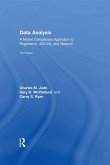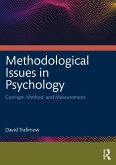For beginners, the first three chapters introduce measuring detection and discrimination, evaluating decision criteria, and the utility of receiver operating characteristics. Later chapters cover more advanced research paradigms, including: complete tools for application, including flowcharts, tables, and software; student-friendly language; complete coverage of content area, including both one-dimensional and multidimensional models; integrated treatment of threshold and nonparametric approaches; an organized, tutorial level introduction to multidimensional detection theory; and popular discrimination paradigms presented as applications of multidimensional detection theory.
This modern summary of signal detection theory is both a self-contained reference work for users and a readable text for graduate students and researchers learning the material either in courses or on their own.
Dieser Download kann aus rechtlichen Gründen nur mit Rechnungsadresse in A, B, BG, CY, CZ, D, DK, EW, E, FIN, F, GR, HR, H, IRL, I, LT, L, LR, M, NL, PL, P, R, S, SLO, SK ausgeliefert werden.
"The great value of signal detection theory is that it protects you from the dangerous intuitions you will almost certainly otherwise have. After these erroneous intuitions are used to interpret data or build a theory, they will eventually be corrected by someone who knows the difference between d' and beta. It would be better to avoid that fate, and the best way to do that is to carefully study this comprehensive handbook." -- John Wixted, University of California, San Diego, USA
"Signal detection theory was developed in the context of research in sensory psychology, but its impact quickly spread to many other areas, in part because the two previous editions of this book provided such a clear explanation of the theory along with a review of its many applications. This third edition of Detection Theory: A User's Guide has been thoroughly updated and will continue to be an invaluable reference and textbook." -- Walt Jesteadt, Boys Town National Research Hospital, USA
"More than anything else, this book has served as a signpost for my research career. It's that powerful; the tools that general." -- Caren Rotello, University of Massachusetts, Amherst, USA

